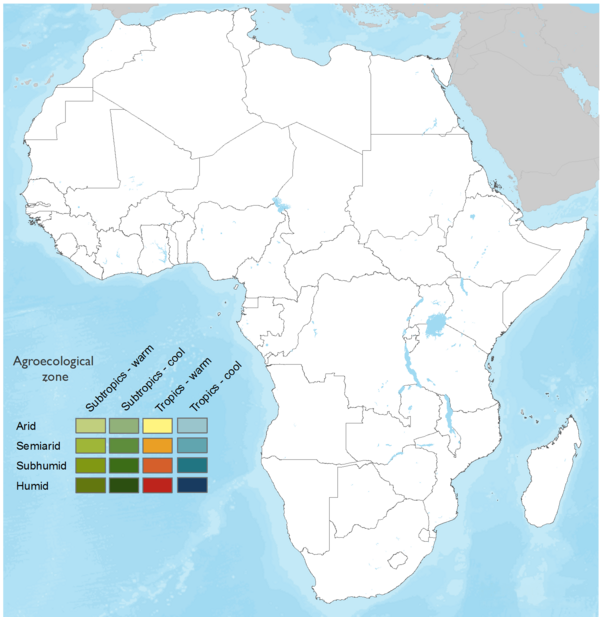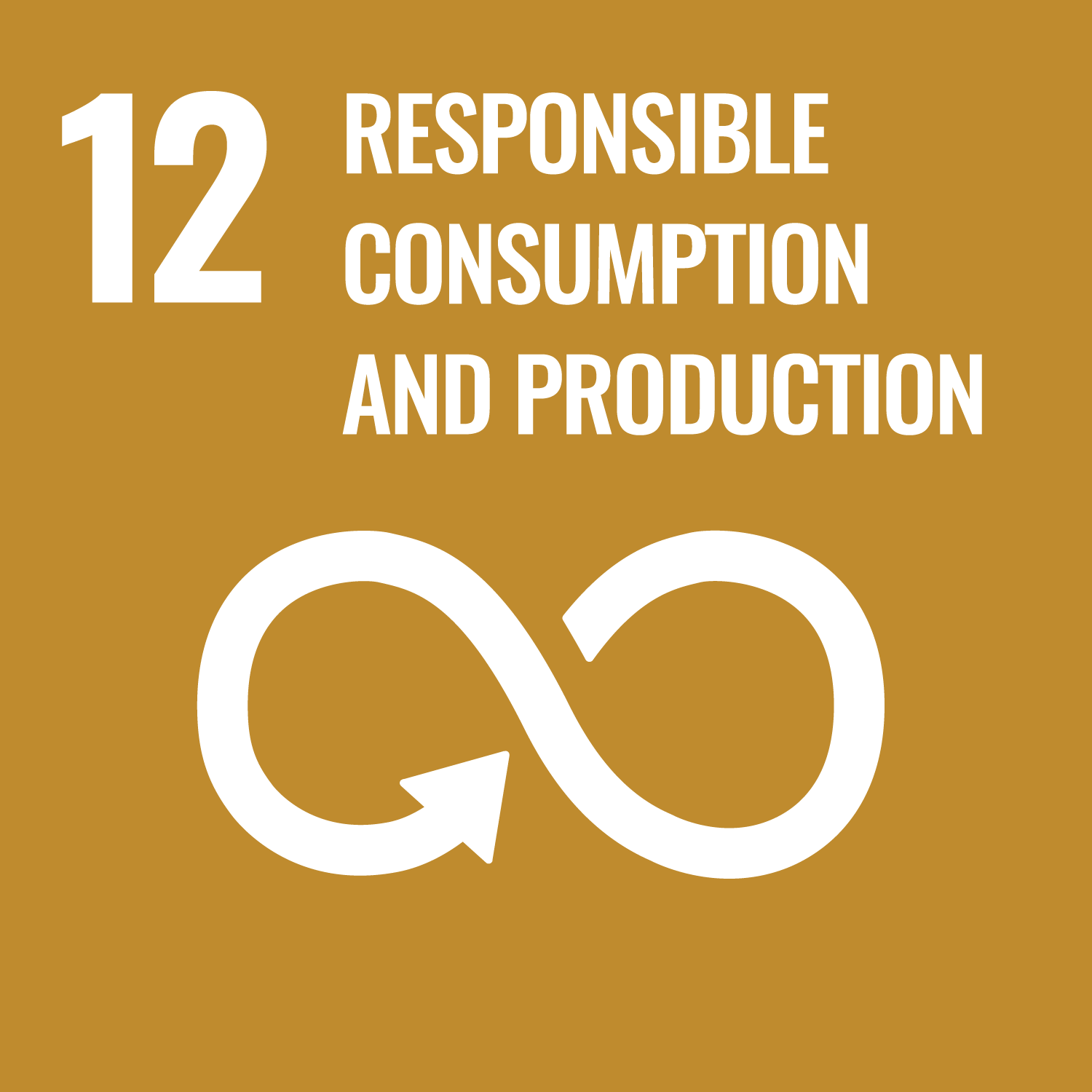

Growing Prosperity: Climbing Beans for Food Security & Income Growth
Climbing beans are characterized by their long, indeterminate vines that require support from stakes or trellises. They can grow up to 4 meters or more in height, allowing for vertical canopy development and an extended harvesting period. Climbing beans have become a valuable option for small-scale farmers, especially in regions with shrinking and degraded land holdings. Additionally, these beans have been adapted to local soil and weather conditions in various production zones across Sub-Saharan Africa. Improved varieties of climbing beans are bred with a focus on traits such as bean productivity, nodulation efficacy, drought resistance, disease resistance, and pest resistance. This varietal improvement effort has led to the development of elite lines with superior nitrogen-fixing abilities and landraces suited to specific agroecosystems. This technology significantly contributes to food security, alleviates hunger and malnutrition, and enhances the income of small-scale farmers in Eastern and Southern Africa. Furthermore, the nutritional value of climbing bean varieties makes them suitable for processing into various products, including flour, pre-cooked beans, and canned beans, which can be sold in both local and international markets. Farmers, community-based seed producers, and private seed companies have access to a diverse range of improved climbing bean varieties for multiplication. These varieties include specific options for various countries, such as Kenya, Uganda, Tanzania, and Rwanda, each tailored to local conditions and preferences. Improved climbing bean varieties are characterized by shorter maturity periods, excellent taste, and high starch content, making them a valuable asset for sustainable agriculture in the region.
This technology is TAAT1 validated.
Adults 18 and over: Positive high
Adult farmers, both men and women, benefit from higher bean yields, improving food security and household income. The technology provides sustainable farming practices, making it easier for them to manage their land efficiently.
The poor: Positive medium
The technology enables them to grow more food on less land, which is crucial as landholdings shrink in many rural areas.
Under 18: Positive high
Climbing bean cultivation, can create job opportunities for young people in farming communities
Women: Positive high
Women can participate in different aspects of the bean value chain, from seed multiplication to processing and marketing, giving them financial independence and entrepreneurial opportunities.
Climate adaptability: Highly adaptable
Breeding efforts have enabled climbing beans to be grown in lower altitudes and semi-arid climates, expanding their cultivation beyond traditional high-altitude regions.
Farmer climate change readiness: Significant improvement
With higher yields and vertical growth, climbing beans allow farmers to maximize production on small plots, which is increasingly important as climate change affects land availability and productivity.
Biodiversity: Positive impact on biodiversity
Climbing beans can be intercropped with other crops such as maize, banana, and sorghum, supporting biodiversity on farms and reducing monoculture practices.
Carbon footprint: A bit less carbon released
The nitrogen-fixing ability of climbing beans reduces the need for chemical fertilizers, which are significant contributors to greenhouse gas emissions. By lowering fertilizer use, climbing beans help reduce the carbon footprint of farming operations.
Environmental health: Greatly improves environmental health
The technology promotes practices such as staking and organic inputs, reducing reliance on non-renewable resources and contributing to long-term environmental sustainability.
Soil quality: Does not affect soil health and fertility
Climbing beans enhance soil fertility through biological nitrogen fixation, improving the overall quality of the soil. This is particularly beneficial in regions with nitrogen-depleted soils, allowing for better productivity without depleting soil nutrients.
Water use: Same amount of water used
Climbing beans have been bred for drought tolerance, making them more water-efficient than traditional crops. This is especially important in water-scarce regions affected by climate change.
Low Yields: Traditional bush bean varieties offer limited yields, making it challenging for small-scale farmers to produce sufficient food.
Pests and Diseases: Common bean crops are susceptible to pests and diseases, leading to crop losses and reduced income for farmers.
Abiotic Stresses: Adverse environmental conditions, such as drought and poor soil quality, hinder bean cultivation and reduce crop productivity.
Nitrogen-Depleted Soils: Many farming regions have nitrogen-depleted soils, which necessitate the use of expensive synthetic fertilizers.
Food Insecurity: Insufficient crop yields contribute to food insecurity and malnutrition, particularly in small-scale farming communities.
Higher Yields: Improved climbing bean varieties provide significantly higher yields compared to traditional bush beans, ensuring food security and increased income for farmers.
Resistance to Pests and Diseases: These varieties are bred to resist common pests and diseases, reducing the need for chemical pesticides and minimizing crop losses.
Abiotic Stress Tolerance: Climbing bean varieties can thrive in adverse environmental conditions, making them adaptable to different agroecosystems.
Biological Nitrogen Fixation: By promoting higher biological nitrogen fixation, the technology reduces the cost of fertilizers and enables bean cultivation in nitrogen-depleted soils.
Food Security: Climbing beans contribute to food security by offering a more reliable source of food for small-scale farmers and communities.
In the near future, this section will provide an overview of this technology's success in various contexts, details on partners offering technical support, training, and implementation monitoring, along with other valuable insights for your projects and programs. These details will be added progressively.
In the meantime, use the 'Request information' button if you need to contact us.
Potential yield
N fixed per ha
Increase in bean consumption
Trademark
Scaling Readiness describes how complete a technology’s development is and its ability to be scaled. It produces a score that measures a technology’s readiness along two axes: the level of maturity of the idea itself, and the level to which the technology has been used so far.
Each axis goes from 0 to 9 where 9 is the “ready-to-scale” status. For each technology profile in the e-catalogs we have documented the scaling readiness status from evidence given by the technology providers. The e-catalogs only showcase technologies for which the scaling readiness score is at least 8 for maturity of the idea and 7 for the level of use.
The graph below represents visually the scaling readiness status for this technology, you can see the label of each level by hovering your mouse cursor on the number.
Read more about scaling readiness ›
Uncontrolled environment: tested
Common use by projects NOT connected to technology provider
| Maturity of the idea | Level of use | |||||||||
| 9 | ||||||||||
| 8 | ||||||||||
| 7 | ||||||||||
| 6 | ||||||||||
| 5 | ||||||||||
| 4 | ||||||||||
| 3 | ||||||||||
| 2 | ||||||||||
| 1 | ||||||||||
| 1 | 2 | 3 | 4 | 5 | 6 | 7 | 8 | 9 | ||
| Country | Testing ongoing | Tested | Adopted |
|---|---|---|---|
| Benin | –No ongoing testing | Tested | Adopted |
| Burundi | –No ongoing testing | Tested | Adopted |
| Côte d’Ivoire | –No ongoing testing | Tested | Adopted |
| Democratic Republic of the Congo | –No ongoing testing | Tested | Adopted |
| Kenya | –No ongoing testing | Tested | Adopted |
| Malawi | –No ongoing testing | Tested | Adopted |
| Rwanda | –No ongoing testing | Tested | Adopted |
| South Sudan | –No ongoing testing | Tested | Adopted |
| Tanzania | –No ongoing testing | Tested | Adopted |
| Uganda | –No ongoing testing | Tested | Adopted |
| Zambia | –No ongoing testing | Tested | Adopted |
| Zimbabwe | –No ongoing testing | Tested | Adopted |
This technology can be used in the colored agro-ecological zones. Any zones shown in white are not suitable for this technology.







| AEZ | Subtropic - warm | Subtropic - cool | Tropic - warm | Tropic - cool |
|---|---|---|---|---|
| Arid | – | – | – | – |
| Semiarid | – | – | – | – |
| Subhumid | – | – | ||
| Humid |
Source: HarvestChoice/IFPRI 2009
The United Nations Sustainable Development Goals that are applicable to this technology.

Rich in protein, fiber, and essential nutrients, climbing beans help combat malnutrition in vulnerable communities, particularly children and women.

Climbing beans reduce the need for synthetic fertilizers and pesticides through biological nitrogen fixation and pest resistance, promoting sustainable agricultural practices.

Climbing beans provide a valuable crop that women can grow to enhance household food security and incomes.

The heat and drought tolerance of improved climbing bean varieties enhances farmers' resilience to climate change, ensuring continued crop production in changing climatic conditions.
1. Variety Selection: Choose suitable climbing bean varieties based on your agro-ecological conditions and socio-economic context. Consider the specific needs of your region and the adaptability of different varieties.
2. Supporting Structures: Prepare stakes or trellises to support the climbing beans. Ensure that the support structures are strong and tall enough to accommodate the vertical growth of the beans.
3. Cropping Systems: Decide whether you will cultivate climbing beans as a monocrop or in combination with other crops such as maize, banana, roots and tubers, sorghum, or millet. Adjust your planting and management practices accordingly.
4. Planting: Choose well-prepared hills or ridges for planting, especially in clay soils or areas with a high water table. Incorporate organic inputs into the planting sites to enhance soil fertility.
5. Spacing: Determine the appropriate spacing between rows based on your trellising system and the level of mechanization. In a monocrop, row spacing is typically set at 75-100 cm.
6. Seed Inoculation: Inoculate climbing bean seeds with rhizobia to promote nitrogen fixation and improve soil fertility. Follow recommended procedures for seed inoculation.
7. Timely Planting: Plant climbing beans at the right time, considering your local climate and growing season. Ensure that the planting schedule aligns with optimal conditions for growth.
8. Fertilization: Apply appropriate fertilizers as needed, based on soil testing and local recommendations. Proper fertilization can enhance bean yield and soil health.
9. Weeding: Implement effective weeding practices to control weeds and prevent competition for resources. Keep the bean fields free from unwanted vegetation.
10. Monitoring and Maintenance: Continuously monitor the progress of your climbing beans throughout the growing season. Make necessary adjustments in response to changing conditions.
Last updated on 7 November 2025